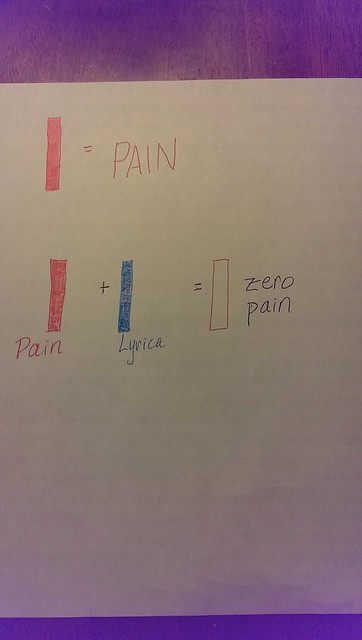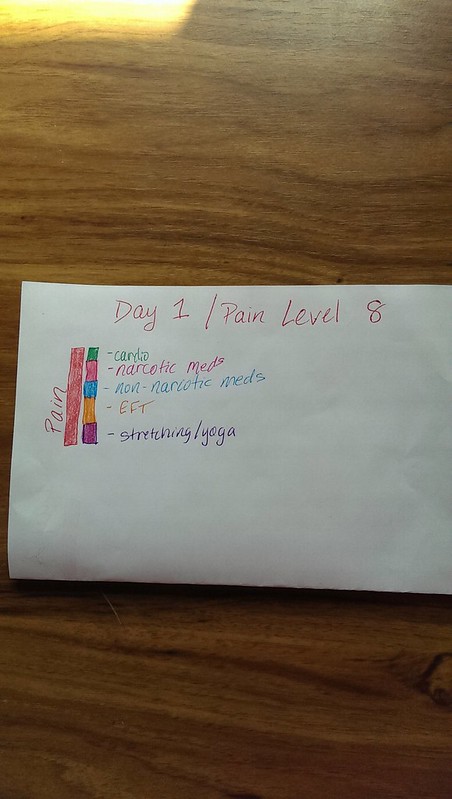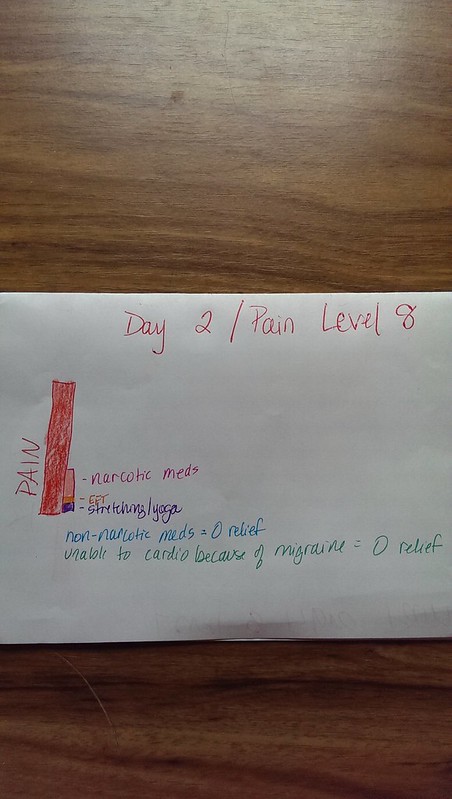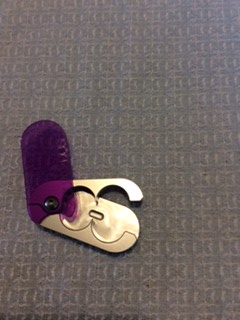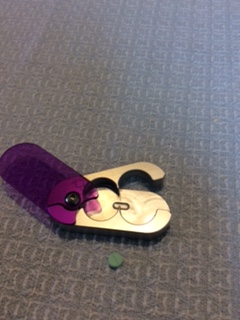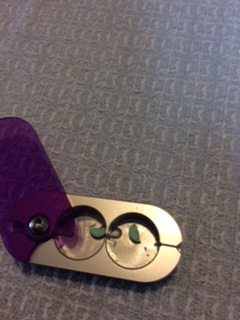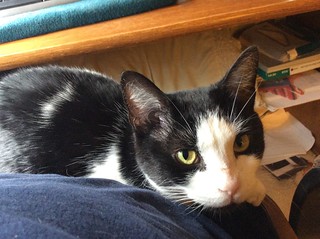When I was first diagnosed with fibromyalgia back in 2008 Lyrica had (I think) just become the first drug officially approved to treat it. At first I was so happy to see Lyrica commercials on TV, because I saw them as a sign that fibromyalgia was being validated as a real illness (people like my pain doctor notwithstanding). Plus, whenever anyone would ask me what fibro felt like I could say, “You know that commercial for Lyrica that shows the person’s entire body on fire? It feels exactly like that.”
But now that I’ve been taking Lyrica for over 7 years I find myself arguing with the TV every time I see those commercials. Here’s why.
If you take the commercials at face value, they would have you believe that the following is true:
But treating fibromyalgia is not like treating a sinus headache or strep throat, where the parameters of the illness are known and understood, there’s a standard treatment that clears up most cases, and there’s a predictable, linear improvement once the patient starts taking the necessary medication. Clear cause, clear treatment, clear effect.
Fibromyalgia on the other hand is a puzzle where the pieces are not only constantly moving, but also constantly changing size and shape. And speaking for myself and most of the fibro patients I know, there is no one thing that gets rid of all our pain. We’ve all had to develop an entire range of tools to deal with our illness. So that’s the first moving part.
Second, not all the tools work all of the time, or even work the same way from one day to the next. There’s a lot of throwing spaghetti at the wall and seeing what sticks. And what sticks changes from day to day; on really bad days, it can change from hour to hour, or even minute to minute.
Here are some examples of what’s in my toolbox:
-cardio (usually aerobic walking and recumbent bike)
-physical therapy exercises
-stretching/yoga
-meditation/visualization
-heating pad
-ice packs
-warm baths
-my TENS unit
-massage
-chiropractor
-sessions with Lynne
-cognitive behavioral therapy
-EFT (Emotional Freedom Technique, or “tapping”)
-writing
-anti-inflammatories (and constantly having to tweak the doses)
-non-narcotic painkillers (and constantly having to tweak the doses)
-narcotic painkillers (and constantly having to tweak the doses)
-epidurals and nerve ablations for my back
-mental health meds (and constantly having to tweak the doses)
-migraine and nausea meds (and constantly having to tweak the doses)
-my CPAP machine
-insomnia meds
Now, let me show you what it looks like to try and use these tools to manage my pain. Let’s take two hypothetical days, say Monday and Tuesday of the same week, and say that on both days my pain level is an 8.
Here’s the third moving part: even though my pain levels might be the same on subsequent days, I have no way of knowing what each 8 is made up of. It could be the same things. It could be a mixture of old and new reasons. The 8s might even be made up of completely different things. And I have no way of knowing which one is true. So I have no idea which tools are going to work. This is where the spaghetti-throwing begins.
Actually, a better metaphor might be that of building blocks. Because I am starting with tools that I know help me feel more comfortable. So every day I’m trying to build a tower of blocks made up of my pain management tools that equals the height of the tower made up of my pain level for that day.
This is the place where the puzzle pieces not only move, but change shape. So this is also the place where the Lyrica commercials are most misleading. And this is most DEFINITELY the place where opponents of narcotic painkillers get it wrong. BECAUSE NO ONE BLOCK GETS RID OF ALL OF OUR PAIN. So we do not spend our days just popping pain pills and zoning out. We spend our days trying to figure out what combination of blocks will bring us as much relief as possible for that particular day.
So let’s say that on Monday, through a bunch of trial and error, I’m able to find a combination of blocks that equals the amount of pain I’m feeling that day. It might look like this:
Pain-wise, this is great. But because I don’t know exactly what’s causing today’s pain, I don’t know exactly why these particular tools worked in this particular way on this particular day. So I don’t come away from the day with a recipe of pain relief that’s guaranteed to work every single time for every single pain day. I could try using the same blocks on Tuesday and have it look like this:
So then I’m back to trial and error again with, as always, absolutely no guarantee that any of my other pain management blocks will work that day. I might find a few more blocks to add to my pain relief tower. I might find enough to equal the size of that day’s tower of pain. Or I might try every single one of my tools and not have any of them work, which means I just have to find a way to ride out the pain for the rest of the day and then hope I have better luck the next day.
So the next time you see Lyrica on TV, or meet someone who lives with chronic pain and illness, or hear people debating whether or not people like me, who suffer Every. Single. Day. from relentless, agonizing pain should have access to LEGAL narcotic painkillers that help us function and actually have a good quality of life </end rant>, I hope you think of this post. Because managing chronic pain is really, REALLY hard. It is a full-time job that we did NOT sign up for and we work our freaking asses off to do it. With no vacation days or weekends off. No breaks, E-V-E-R. We are on call for this job 24/7/365. (And if you don’t mind, I’d like to ask you to take just a few minutes and imagine if your job was like that. I suspect your brain won’t let you do it.) We are those ducks you see gliding across the pond: holding it together, managing this beast of a burden while also creating a good life on the surface, all the while paddling like a maniac under the water to make it all work.
So maybe the next time you see one of us you might also say something like this: “Wow, that sounds really hard. I’m sorry you have to go through all of this. You’re doing SUCH a good job.”
Because gifts of comments like that? Are some of most powerful, soothing tools we have.
